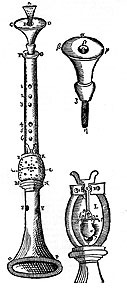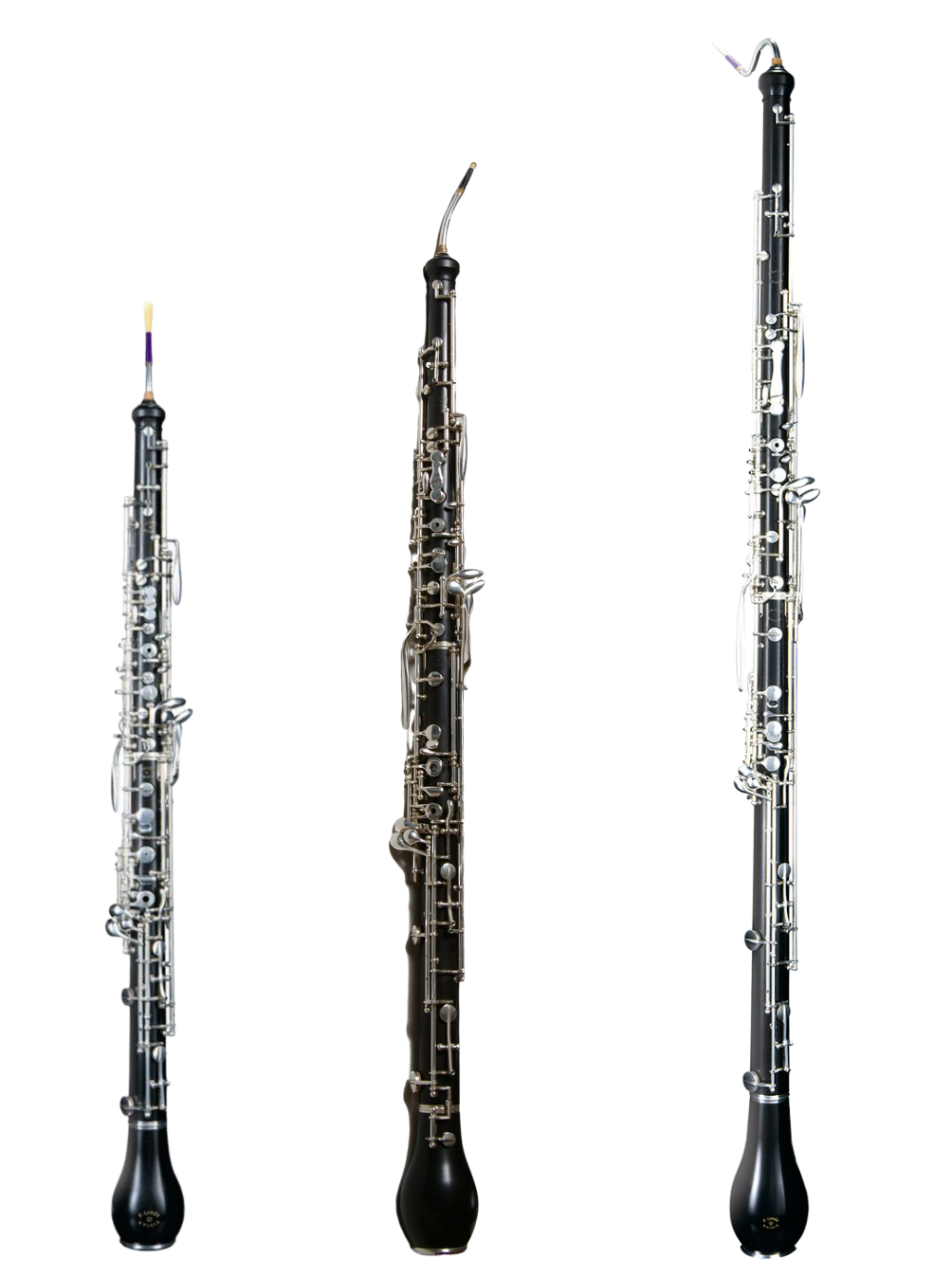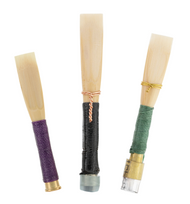A Brief History of the Lower Oboes: Introduction
Posted by Clair Cangialosi, DMA on Sep 5th 2025
This post is the first in a series exploring the history of the lower oboe family instruments- oboe d'amore, English horn, and bass oboe. Like other woodwinds, the oboe (and its larger siblings) traces its roots to the court orchestra of King Louis XIV of France in the mid 17th century.
The first instrument to resemble the modern European oboe came into use around the 1670’s. It was developed from an earlier double reed instrument called the shawm, which was built in several sizes and commonly used in chamber music. (1) Figure 1 shows an illustration of a shawm, circa 1636.

By the early 18th century, new musical styles led to higher demands for technical facility, more accurate intonation, and a more refined sound quality. Royal instrument makers for the French court began experimenting with the proportions of the oboe's bore and toneholes, and also added two keys to make technical playing easier. (2) Figure 2 shows a modern reproduction of a baroque oboe.

In his essay, “The Lower Oboes: Genesis and Development,” Michael Finkelman describes the shift from renaissance consorts- instrument families in various sizes which play together- to the new Baroque style where instruments were paired by range rather than type (i.e. violin and oboe in unison). Eventually, wind instruments began to be used more independently, with each member of the oboe family correlating to a specific voice part: soprano (oboe), alto (oboe d’amore), tenor (english horn), and bass (bass oboe).(3)
There were many variants of the oboe family instruments, such as the taille de hautbois, the oboe da caccia, the musette oboe, and the heckelphone, which are outside of the scope of this blog post. Instead, this series will focus on the three lower members of the oboe family which are still in use today. (4) Figure three shows these instruments.

The first chapter explores the oboe d'amore. Chapters two and three cover the English horn and bass oboe, respectively. Click the buttons below to go on to each chapter.
Go to Chapter 1
Go to Chapter 2
Go to Chapter 3
End Notes
- Haynes, Bruce. “Oboe, I. The European Treble Oboe, (1) introduction.” Grove Music Online. 2001. https://doi-org.suproxy.idm.oclc.org/10.1093/gmo/9781561592630.article.40450
- Finkelman, Michael. “The Lower Oboes: Genesis and Development, The Formative Period.” unpublished manuscript, 2022, typescript, 1.
- Finkelman, Michael. “The Lower Oboes: Genesis and Development, The Mezzo-Soprano Oboes.” unpublished manuscript, 2022, typescript, 3.
- See Finkelman, 300 Years Of Music For the Lower Oboes, 1660’s-1960’s: A Bibliography/Discography

